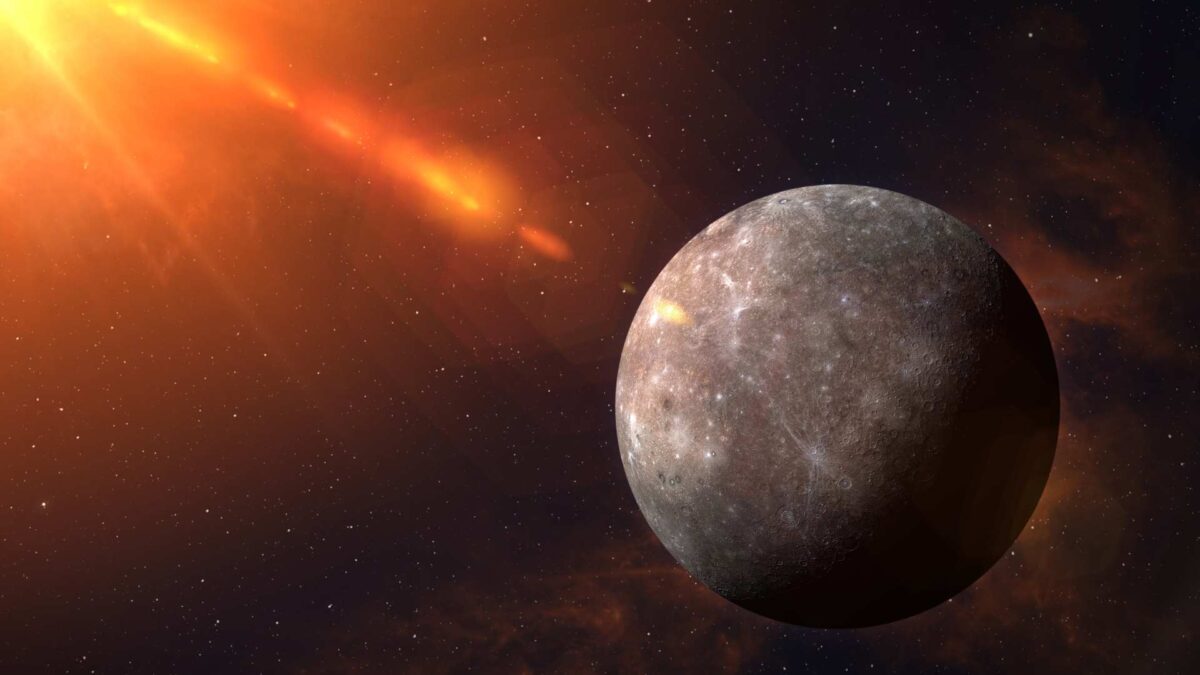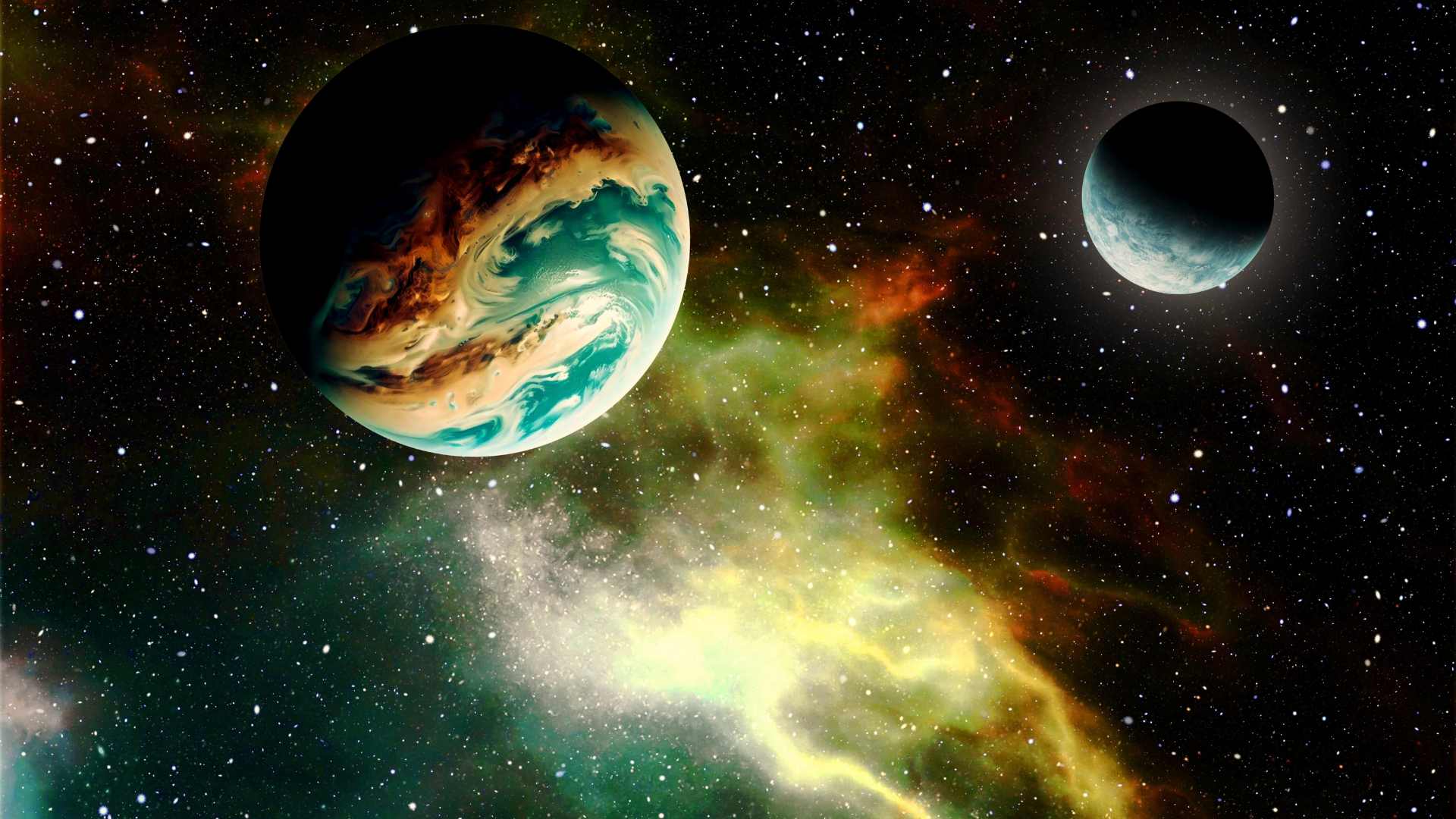
New Study into formation of Earth’s closest neighbour Mercury

Mercury’s unusual make-up could be the result of a grazing collision between two planets of similar size rather than an exceptional catastrophic impact, according to new research published in Nature Astronomy.
The planet closest to the Sun has a disproportionately large metallic core, which makes up about 70 per cent of its mass, and only a thin rocky mantle. For decades scientists believed a giant collision stripped away much of its crust and mantle. But simulations show such extreme impacts between bodies of very different sizes are rare.
“Our work shows the formation of Mercury does not require exceptional collisions,” said Patrick Franco, lead author of the study. “A grazing impact between two protoplanets of similar masses can explain its composition. This is a much more plausible scenario from a statistical and dynamic point of view.”
Franco, a postdoctoral researcher at the Institut de Physique du Globe de Paris, said the event would have happened relatively late in the Solar System’s evolution, when rocky bodies of comparable size were jostling for position near the Sun.
Using “smoothed particle hydrodynamics”, a high-resolution modelling technique widely used in astrophysics, the team recreated such a collision. The simulations reproduced both Mercury’s total mass and its metal-to-silicate ratio with an error margin below five per cent.
Crucially, the model also accounts for the loss of material. Previous theories assumed debris from a collision would fall back onto Mercury, preventing the metal-rich composition seen today. Franco’s model shows that, depending on the initial conditions, up to 60 per cent of Mercury’s mantle could have been stripped away and ejected permanently.
Where the lost material went remains an open question. “If the impact occurred in nearby orbits, one possibility is that this material was incorporated by another planet in formation, perhaps Venus. It is a hypothesis that still needs to be investigated,” Franco said.
The team believes the approach can also be applied to other rocky planets, helping to explain how early collisions shaped their composition. They plan to compare their results with geochemical data from meteorites and samples collected by missions such as BepiColombo, a joint project of the European Space Agency and Japan’s JAXA.
“Mercury remains the least explored planet in our system. But that is changing. There is a new generation of research and missions under way, and many interesting things are yet to come,” Franco said.
Share this WeathÉire story:







